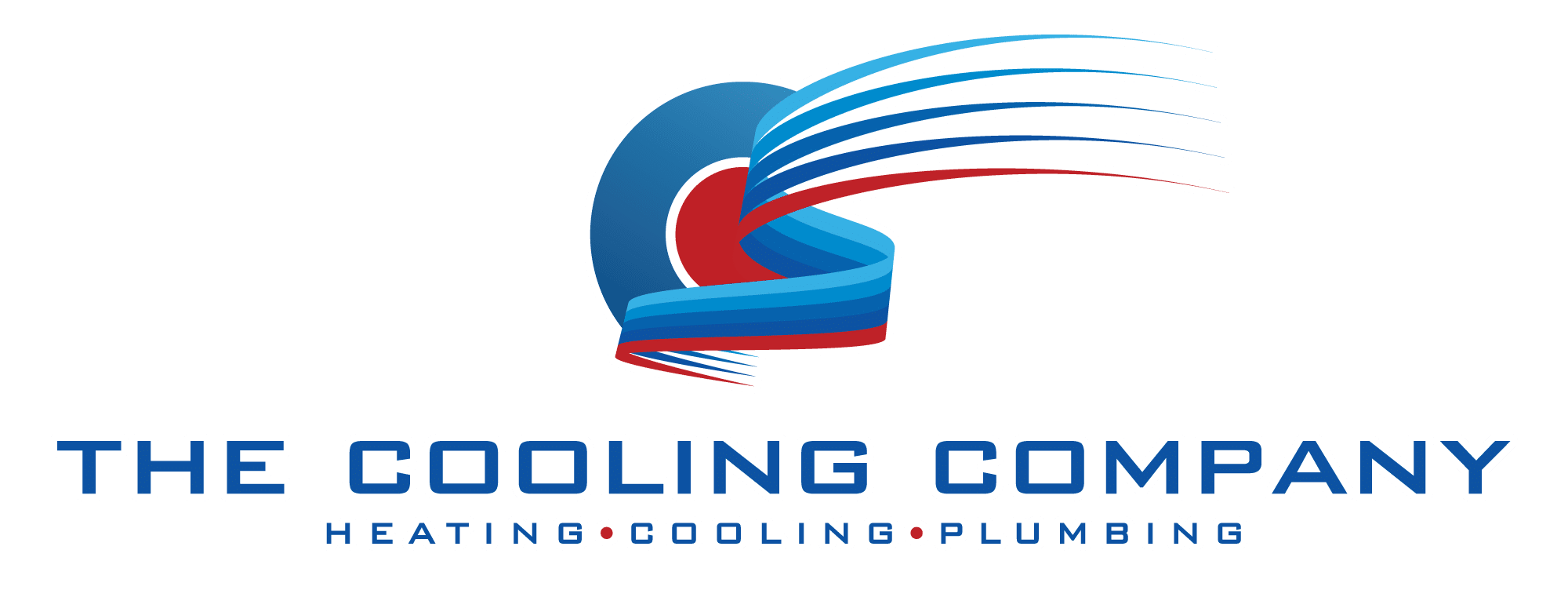Indoor cultivation has revolutionized agriculture, allowing growers to produce high-quality crops year-round regardless of external weather conditions. Central to this success is the precise control of environmental factors, particularly temperature and humidity. These two parameters directly influence plant health, yield, and energy consumption, making their optimization a critical challenge for indoor growers. This article explores the best practices, technologies, and strategies for optimizing temperature and humidity control in HVAC grow rooms to maximize crop performance and operational efficiency.
The Importance of Temperature and Humidity in Indoor Cultivation
Maintaining the right temperature and relative humidity (RH) levels is essential for plant physiology and disease prevention. Most indoor crops thrive within a temperature range of 68°F to 77°F (20°C to 25°C) and an RH between 40% and 60%. Deviations from these ranges can stress plants, reduce photosynthesis efficiency, and increase susceptibility to mold and pests.
As one expert from the Resource Innovation Institute succinctly puts it, “With the proper temperature and RH, you can grow Olympic-caliber plants.” This underscores how fine-tuned environmental control directly correlates with crop quality and yield. In addition, the integration of technology such as climate control systems and humidity monitors allows growers to maintain these ideal conditions more efficiently. This technological advancement not only simplifies the cultivation process but also empowers growers to make data-driven decisions that enhance plant health and productivity.
Humidity’s Role in Plant Health
Humidity affects transpiration rates, nutrient uptake, and pathogen development. High humidity can encourage mold and mildew growth, while low humidity can cause excessive water loss and stress. Therefore, growers must carefully balance humidity levels to protect plants without compromising growth. The use of humidifiers or dehumidifiers can help achieve this balance, but understanding the specific needs of different plant species is crucial. For instance, tropical plants often thrive in higher humidity, while succulents prefer drier conditions. By tailoring humidity levels to the specific requirements of each crop, growers can optimize their indoor gardens for maximum health and yield.
Temperature’s Impact on Growth Cycles
Temperature influences enzymatic activity and metabolic rates in plants. Fluctuations outside optimal ranges can delay flowering or fruiting and reduce overall biomass. Consistent, stable temperatures enable predictable growth cycles and higher-quality harvests. Moreover, certain plants may require specific temperature variations to trigger flowering or fruiting phases, a phenomenon known as vernalization. Understanding these temperature thresholds allows growers to manipulate their indoor environments effectively, ensuring that plants receive the cues they need to thrive. Additionally, the implementation of thermal mass solutions, such as water tanks or heat-retaining materials, can help mitigate temperature fluctuations, providing a more stable growing environment that supports robust plant development.
Energy Consumption Challenges in HVAC Grow Rooms
One of the biggest operational costs in indoor farming is energy consumption, largely driven by HVAC systems. Studies show that HVAC systems, including dehumidifiers, can account for up to 50% of total energy use in indoor cultivation facilities. This makes them a prime target for efficiency improvements.
Dehumidifiers alone can consume as much as half of the energy used in these environments, especially since maintaining precise humidity is critical for crop health. For example, a vertically integrated operator in Lansing successfully reduced its per-pound production cost by $40 by implementing staged dehumidification that aligned energy use with the plants’ growth cycle needs. This strategic approach not only optimized energy consumption but also enhanced the overall yield, proving that smart technology integration can lead to both economic and agricultural benefits.
Why HVAC Efficiency Matters
Beyond cost savings, efficient HVAC systems reduce the environmental footprint of indoor farms. Energy-efficient climate control also ensures stable conditions that prevent crop loss and maintain consistent product quality. As noted by Cannabis Business Times, “Consistency and stability in your growing operation is key to producing quality product. Correct and reliable HVAC is essential. It starts with conditions first.”
Moreover, the integration of advanced technologies such as smart thermostats and IoT sensors can further enhance HVAC efficiency. These systems allow for real-time monitoring and adjustments based on environmental conditions, which can lead to significant energy savings. For instance, automated systems can detect fluctuations in temperature and humidity levels, adjusting HVAC output accordingly to maintain optimal growing conditions. This level of precision not only conserves energy but also promotes healthier plant growth, ultimately leading to higher yields and better quality produce.
Additionally, the use of renewable energy sources, such as solar panels, can mitigate some of the energy demands placed on HVAC systems. By harnessing solar energy, indoor farms can power their climate control systems more sustainably, reducing reliance on fossil fuels and lowering greenhouse gas emissions. This shift not only aligns with global sustainability goals but also appeals to environmentally conscious consumers who prioritize eco-friendly practices in their purchasing decisions. As the industry continues to evolve, the quest for energy-efficient solutions in HVAC systems will remain a critical focus for indoor farming operations aiming for profitability and sustainability.
Technologies and Strategies for Optimized Control
Advances in HVAC technology and control strategies have made it possible to optimize temperature and humidity management while reducing energy consumption. Integrating real-time monitoring, automation, and predictive control systems allows growers to respond swiftly to environmental changes and maintain ideal conditions.
Real-Time Monitoring and Automation
Modern ventilation and HVAC systems increasingly incorporate sensors and automation technologies that continuously track temperature, humidity, CO2, and other environmental factors. This data feeds into control systems that adjust HVAC operation dynamically, ensuring conditions remain within target ranges.
According to industry reports, this integration enables growers to safeguard crop health and ensure consistent yields by responding quickly to fluctuations rather than relying on manual adjustments or fixed schedules. Furthermore, the use of cloud-based platforms allows for remote monitoring and control, enabling growers to manage their systems from anywhere, enhancing flexibility and responsiveness to environmental changes.
Predictive Control Using Machine Learning
Recent research highlights the benefits of predictive control algorithms based on machine learning models such as Gated Recurrent Units (GRU). A study comparing GRU-based control to Long Short-Term Memory (LSTM) models found that GRU reduced temperature and humidity violations by up to 5% while requiring 40% less computation time. Importantly, this was achieved without sacrificing economic performance or crop yield.
Such predictive systems anticipate environmental changes and adjust HVAC settings proactively, improving both energy efficiency and climate stability. Moreover, as these machine learning models are trained on vast datasets, they can identify patterns and trends that may not be immediately apparent to human operators, allowing for more informed decision-making and further optimization of growing conditions.
Staged Dehumidification
Staged dehumidification involves modulating dehumidifier operation based on the plant growth cycle and current environmental needs. This approach avoids continuous maximum output, which wastes energy, and instead matches humidity control efforts to periods when plants are most sensitive.
The Lansing operator’s success story demonstrates how aligning dehumidification with growth stages can significantly reduce production costs while maintaining optimal conditions. In addition, implementing staged dehumidification can lead to enhanced plant health, as excessive humidity during sensitive growth phases can lead to mold and other diseases. By fine-tuning the dehumidification process, growers not only save on energy costs but also promote a healthier growing environment, ultimately leading to better quality produce and higher market value.
Best Practices for Maintaining Optimal Conditions
Beyond technology, growers can adopt several operational best practices to optimize temperature and humidity control in HVAC grow rooms.
Regular Maintenance and Calibration
Ensuring HVAC equipment and sensors are regularly maintained and calibrated is fundamental. Dirty filters, malfunctioning sensors, or worn components can cause inaccurate readings and inefficient system operation, leading to unstable conditions and higher energy use. Regular checks should include cleaning or replacing filters, inspecting ductwork for blockages, and verifying sensor accuracy against known standards. This proactive approach not only extends the lifespan of the equipment but also ensures that the plants receive the optimal conditions necessary for healthy growth.
Zoning and Environmental Segmentation
Dividing grow rooms into zones with independent climate control allows for more precise management tailored to specific plant needs or growth stages. It also prevents over-conditioning areas that do not require the same environmental parameters, further saving energy. For instance, seedlings may thrive in a more humid environment, while mature plants might prefer drier conditions. By employing variable air volume (VAV) systems or utilizing separate HVAC units for different zones, growers can create microenvironments that cater to the unique requirements of diverse crops, ultimately enhancing yield and quality.
Data-Driven Decision Making
Collecting and analyzing environmental data over time helps identify trends, inefficiencies, and opportunities for improvement. Growers can fine-tune HVAC settings based on historical performance and predictive insights rather than guesswork. Implementing advanced data analytics tools can provide real-time feedback, allowing for immediate adjustments to be made in response to fluctuations in temperature or humidity. This level of responsiveness not only optimizes plant health but also contributes to more sustainable energy consumption, as growers can avoid unnecessary heating or cooling during less critical periods.
Moreover, integrating IoT devices into the growing environment can further enhance data collection efforts. These devices can monitor a variety of parameters, including soil moisture levels, light intensity, and even plant health indicators. By correlating this data with HVAC performance metrics, growers can develop a comprehensive understanding of how different factors interact, leading to more informed decisions that promote both productivity and resource efficiency.
Conclusion: Balancing Plant Health and Energy Efficiency
Optimizing temperature and humidity control in HVAC grow rooms is a complex but essential aspect of successful indoor cultivation. Maintaining stable, precise environmental conditions not only supports plant health and maximizes yield but also drives operational efficiency and cost savings.
By leveraging advanced technologies such as real-time monitoring, automation, and predictive control, alongside best practices like staged dehumidification and zoning, growers can achieve the delicate balance between ideal growing conditions and energy consumption. This holistic approach ensures consistent, high-quality crops while minimizing environmental impact and production costs—key factors for sustainable indoor agriculture.
Experience Optimal Growth with The Cooling Company
Ready to elevate your indoor cultivation with precise temperature and humidity control? The Cooling Company is here to ensure your HVAC grow room operates at peak efficiency. Our certified technicians specialize in providing the highest quality heating, cooling, and air quality services in Las Vegas. Whether you need routine maintenance or emergency installations, we deliver reliable and swift solutions tailored to your specific needs. Schedule a Service with us today and create the perfect environment for your crops to thrive.



